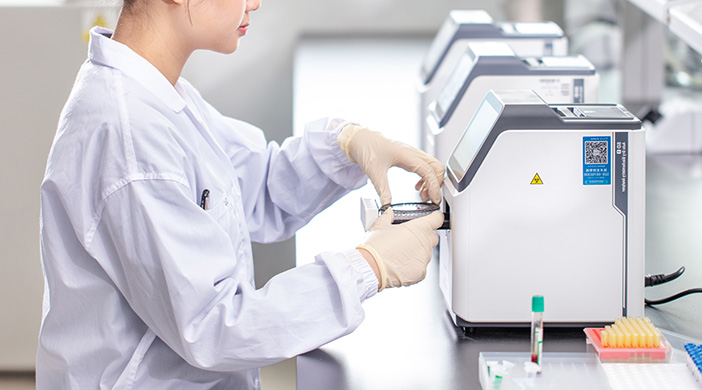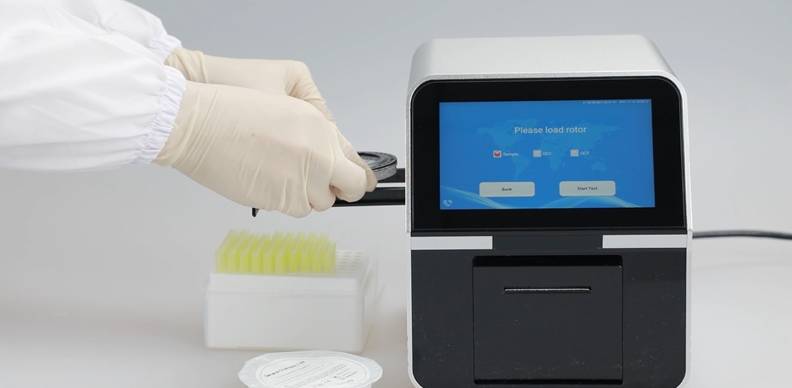release time:2022-01-17 13:29:17
In case of clinical stress in cats, gabapentin can be given to relieve stress in cats.
3. Tips For Interpreting Animal Biochemistry
Decreased: no specific clinical significance.
Dogs bite for a variety of reasons, but most commonly as a reaction to something.

5. Dogs also might nip and bite during play. Even though nipping during play might be fun for the dog, it can be dangerous for people. It's a good idea to avoid wrestling or playing tug-of-war with your dog. These types of activities can make your dog overly excited, which may lead to a nip or a bite.
5. Pet Industry
1)Which generation buys their pets the most gifts for the holidays?
In the U.S,Sixty percent of Gen Z pet owners bought their pet a gift for the holidays in 2020. After Gen Z, 49% of Millennials get their pets gifts. Pets are family members, too!
2)As many as 91% of dogs are microchipped in the UK.
In the United Kingdom, experts estimate that as many as 91% of dogs have a microchip, which is much different than the United States, where only 3% of dogs turned into animal shelters have the chip. These chips are fairly inexpensive, easy to insert, and make it much more likely a lost dog returns to its owner.
3)How many people in the USA own pets?
The 2019-2020 National Pet Owners Survey stated that a whopping 67% of American families own pets. That means 85 million families have at least one pet. No wonder the pet industry is increasing in worth! (Insurance Information Institute)
4)The pet tech market is set to grow at a 22% compound annual growth rate from 2022-2027.(Global Market Insights)
Pet accessories are becoming more technical. Litter boxes are self-cleaning, collars have GPS tracking, and pets can be fed on a timer system. The rise in pet tech helps meet both the pet owner’s needs during the day as well as the needs of the pet. Since technology is an ever-growing industry, expect new inventions and developments within pet technology.
5)During 2022-2025, the pet accessories market is expected to grow by $9.2 billion.(Technavio)
With pet accessories covering such a wide range of products, it is no wonder that the industry is planning on a growth of almost $10 billion over the next few years. The pet accessory market caters to both pets’ and pet owners’ needs so that all target consumer groups can make purchases.

2023-04-24
Discover why Seamaty's automated hematology analyzers are the best choice for your medical practice. Read about their efficiency, compatibility, user-friendliness, and low cost of operation, as well as the answers to frequently asked questions about automated hematology analyzers.

2022-06-08
Are biochemistry analyzers and hematology analyzers similar analyzer products? What is the difference between these two analyzers? What are the differences and similarities?

2021-10-28
Diagnostic Tests In Lab include a series of blood and urine tests. Blood tests may include testing for genes (inherited diseases) or determining the amount of oxygen in the blood. Urine tests may check the blood, chemicals, bacteria and cells for infections or other abnormalities.